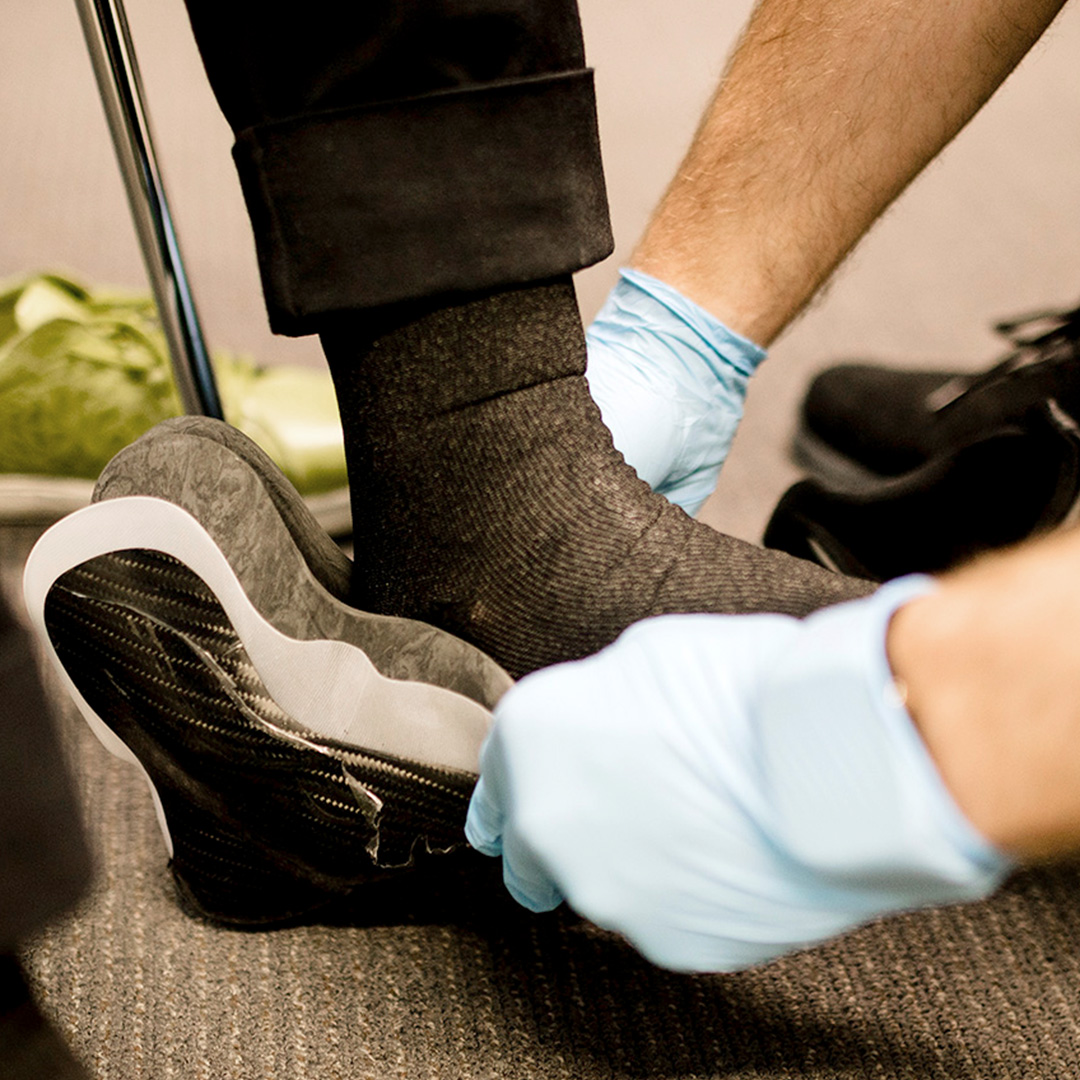Why Orthotics Matter
g20 has developed a well resourced and effective Orthotic distribution model.
It has responded to the health delivery challenges by embracing a number of youthful, like-minded companies whilst remaining quite conservative. We have a new generation of Orthotic technicians and clinicians coming through. They bring a fresh perspective to our delivery model with energy and enthusiasm. They are given a lot of autonomy to execute their own ideas.

